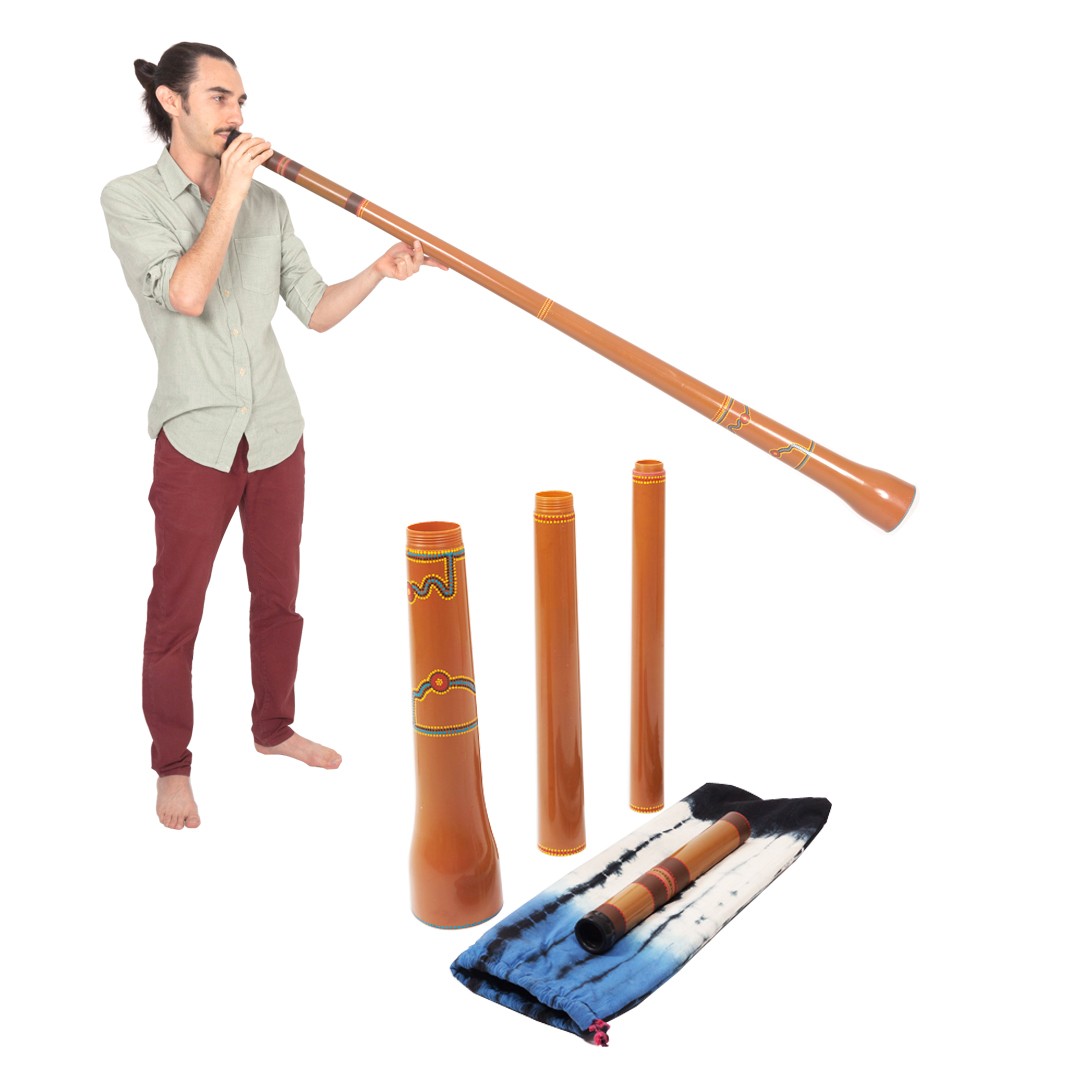Beginning Handpan Rhythms with Master Craftsman and Performer Rafael D’Arco of Tacta Handpans
In this handpan lesson, Tacta Handpans founder and chief craftsman Rafael D’Arco shares how to play beautiful arpeggios and scales. By learning these 3-beat patterns, you will be able to play in the relaxed meditative style heard at the beginning of this video.
What is an arpeggio?
An arpeggio is a sequence of notes, which describe a chord, played in ascending or descending order, one note at a time.
What is a chord?
A chord is a combination of notes, played simultaneously, which defines a specific harmony. Commonly seen and referenced are the major, minor and dominant chords. Other commonly seen chords in western music include diminished, half-diminished, suspended and augmented chords.
Tacta Handpans are professional quality instruments made by Brazilian craftsman Rafael D’Arco. The sensitivity to the touch and amazing overtones make Tacta handpans some of the best handpans around. Tacta Handpans are made from stainless steel, as opposed to nitrided steel that other makers use. These stainless steel instruments are generally equally or more resonant than those made of nitrided steel and they have a longer sustain (the notes ring out for a longer period of time). All Tacta Handpans come in the gold/brass color seen here in the video.
***Purchase a Tacta Handpan here
The Tacta Handpan model used in this video: E SaByeD 8 + 3 – (G#) A B C# D# E F# G# B (D#) (E)
About the handpan or “hang”
The handpan or “hang” is a convex steel drum played with the hands and tuned with multiple notes. Each handpan is tuned to a particular scale such as major, natural minor, harmonic minor, hijaz, mixolydian, etc. Sonically the handpan is an overtone-emitting instrument that has the capacity to create many layers of sound and ethereal effects and works very well with drone instruments. Originally called the hang (pronounced “hah-ng”) the handpan was invented in 2001 by a little company in Switzerland.
About Rafael D’Arco and Tacta Handpans
Rafael D’Arco is the maker of Tacta Handpans and discovered, through his own will, the process of crafting, tuning and distributing high quality steel pan instruments. A pianist and percussionist, Rafael started by making a Tongue Drum out of an empty propane tank. His success stimulated him to move forward, researching and studying more about handpan production. A shell made out of a small antenna dish template was used for his next creation, but the type of metal spinning used to form the shell ended up producing a poor sound quality for the instrument. A long pause followed, and the project was temporarily abandoned, for a few years. In 2015, D’Arco set up his workshop and developed the tooling required to cut, shape and tune the steel sheets, turning them into proper handpans. It was a year of research, involving travel abroad and meeting with other makers, and which would eventually lead to the refinement of most steps in the production chain, optimizing and speeding up production.
Did you like this handpan lesson?
If so, please give us your feedback in the comments section below. We are also happy to answer your questions and support you in playing beautiful music!













